If there’s one thing I learned on my sustainability journey, it’s to not judge a book by it’s cover!
With the incredible amount of awareness in recent years on environmental issues, consumers are becoming more and more aware about the negative effects of plastic. Which raises the question: what is a truly sustainable alternative? It might not be what you think…
In recent years, societal and environmental pressure has many consumers and brands focused on finding more sustainable packaging solutions. After all, with the world gone Amazon Prime mad especially during the pandemic, it’s no wonder. While it’s widely believed that paper bags are more environmentally friendly than plastic bags, it’s not actually true.
It is true that paper bags are made from renewable sources and can biodegrade. But while paper itself isn’t comparatively that bad for the environment, its creation and recycling is far from being eco-friendly. With the holidays coming up, it’s another season of perpetual waste. American households create 25% more waste between Thanksgiving and New Years* – that’s about one million extra tons of trash each week!
Old traditions don’t always mesh well with more modern and eco-conscious thinking, but as we’re nearing the gift giving season, I challenge you to find more sustainable ways to wrap presents and show love to your loved ones!
When trying to decide between packaging alternatives, the issue isn’t just black or white. One has to consider the entire life cycle of packaging, not just one area, like water usage or energy used for example. Looking at the entire life cycle, plastic bags surprisingly outperform paper bags on manufacturing, reuse and on solid waste volume and generation. Paper bags also need a considerably larger amount of energy to make. Since plastic is lighter, it needs less energy to be made.
Did you know that making paper and cardboard is the third largest industry use of energy on the planet?
Let’s dive even deeper:
- Plastic bags generate 68% less greenhouse gas emissions than composted paper bags.
- Plastic bags consume less than 6% of the water needed to make paper bags.
- Plastic grocery bags consume 71% less energy during production than paper bags.
- Using paper bags generates five times more solid waste than using plastic bags.
- After four or more uses, reusable plastic bags are superior to all types of disposable bags.
So where do we go from here?
Looking closer at the entire life cycle of packaging, Life Cycle Assessments reveal that flexible packaging creates less environmental impact compared to traditional packaging options. Perfect Packaging is a forerunner when it comes to flexible packaging and sustainable packaging alternatives, and flexible packaging has added benefits outside of manufacturing: it often ships flat or in rolls (saving 15-25 trucks), it takes up less room to store and is lighter in weight, and it takes very little amounts of heat to form and recycle.
With the holidays coming up, it will be worthwhile to research packaging alternatives as the environmental impact of paper vs. plastic is substantial! So before the shopping frenzy kicks into full gear, if you do find yourself in a jam & you need to make a choice, make sure it’s the right one.
This post was written in paid partnership with The Flexible Packaging Association
Sources: NEEF, National Environmental Educational Foundation, Perfect Packaging
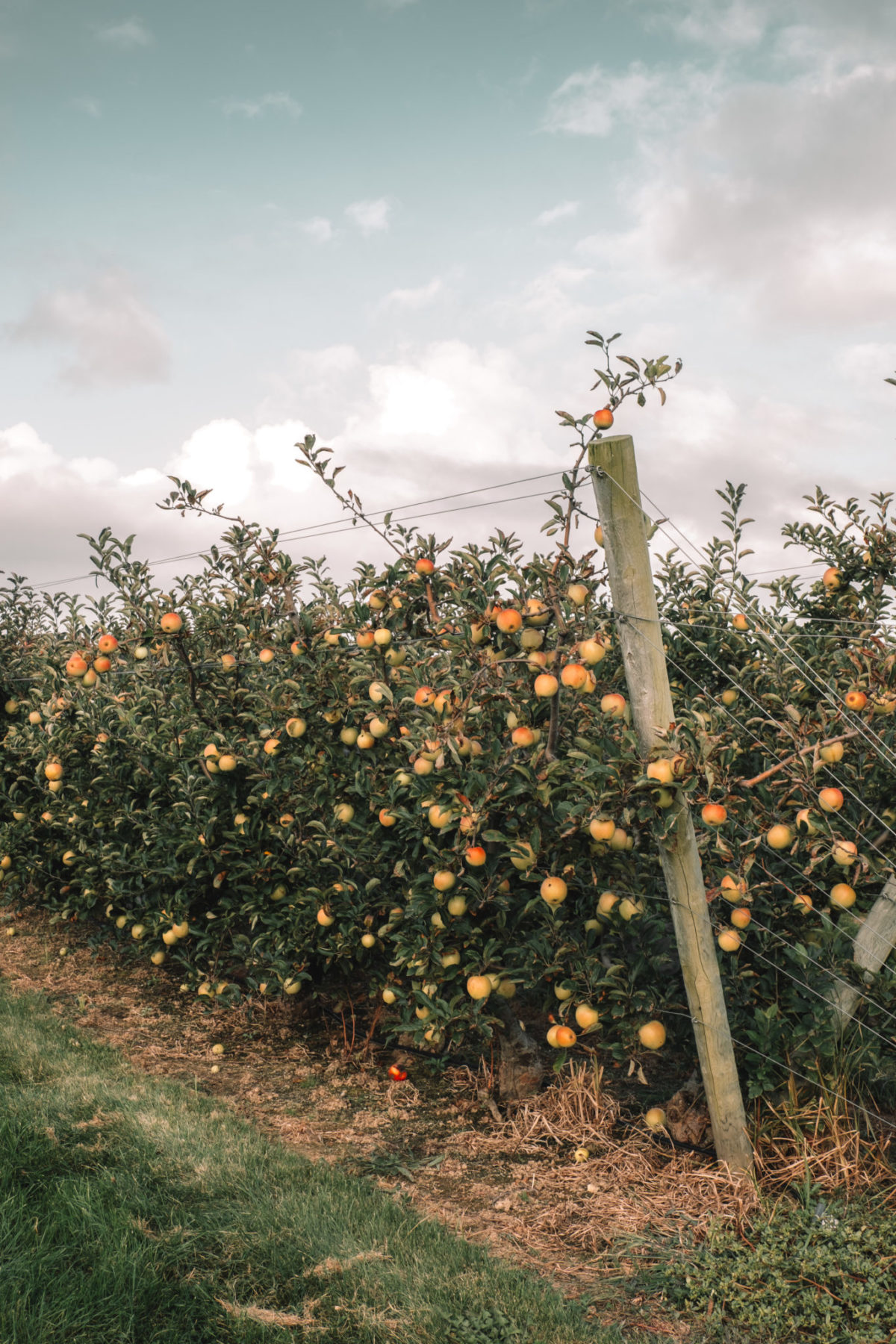

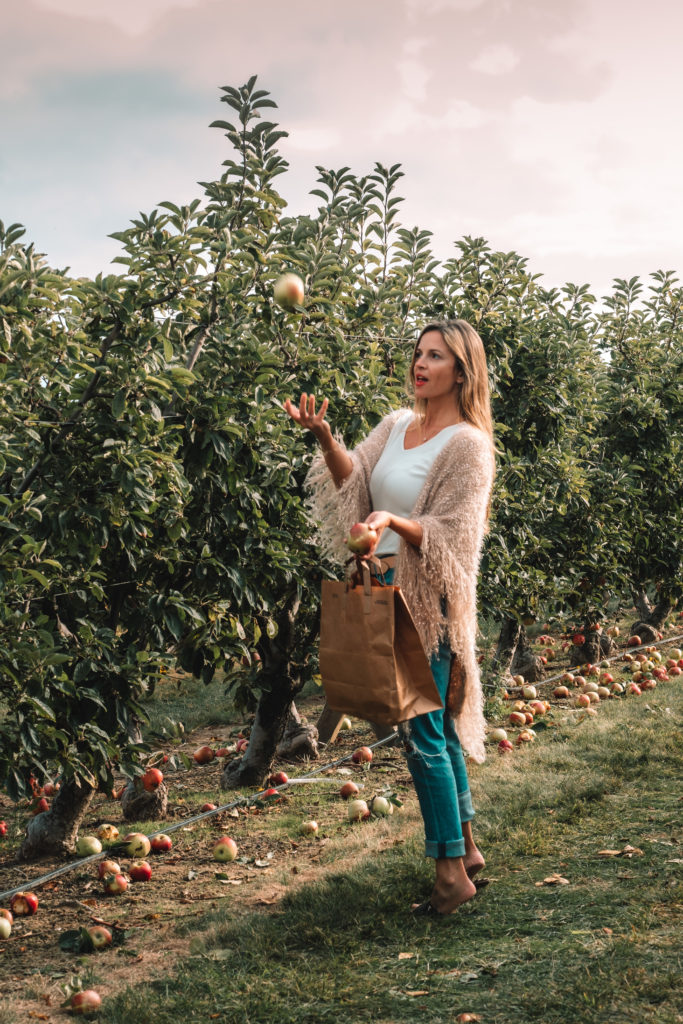
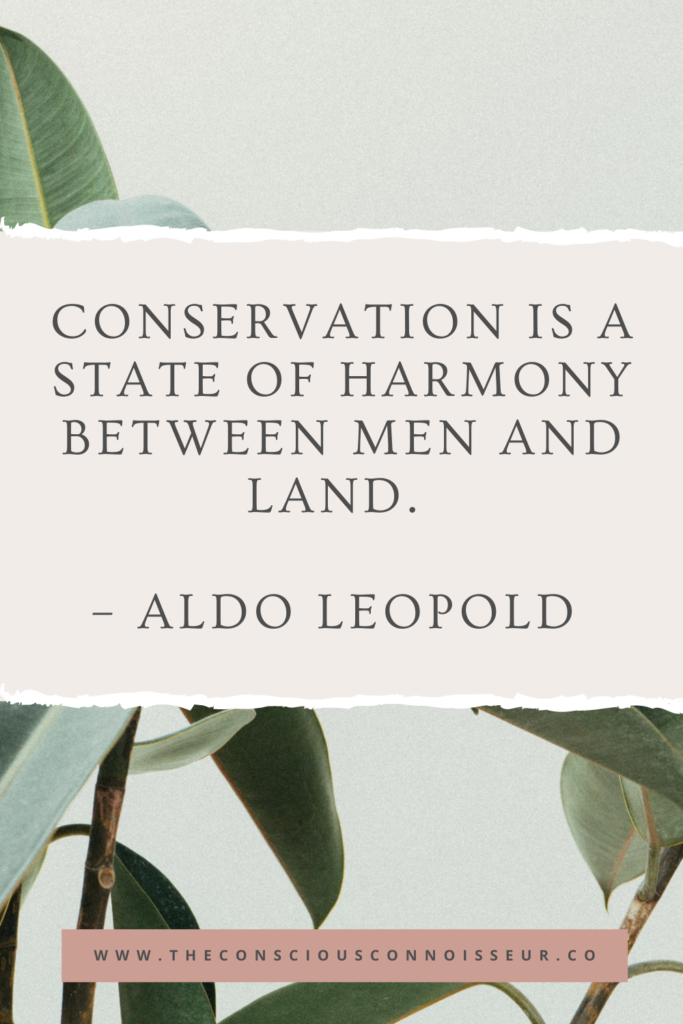
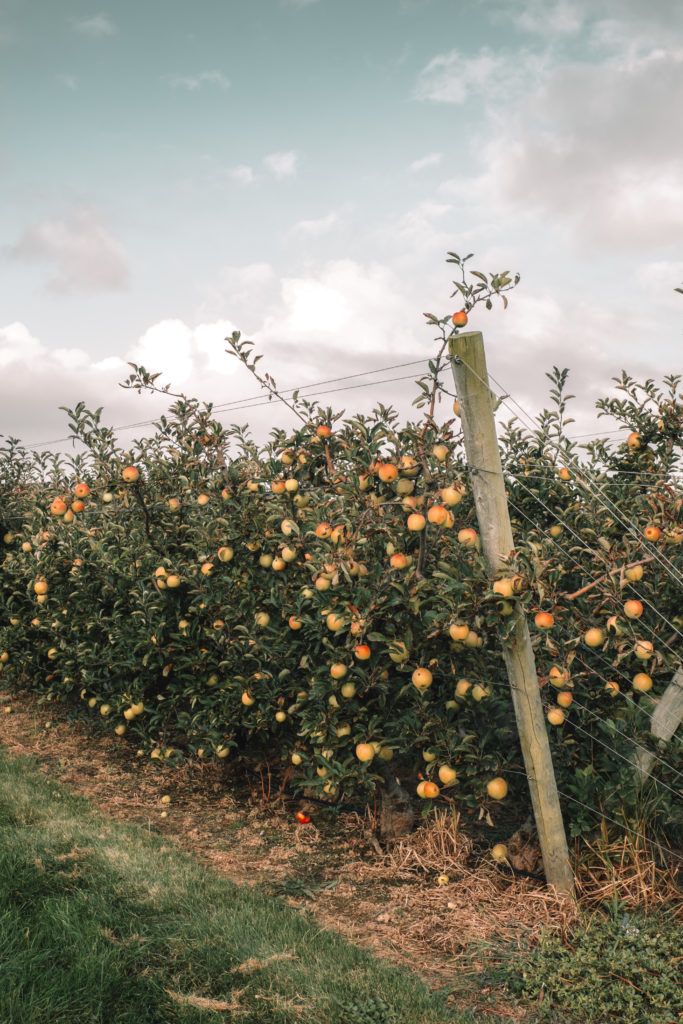
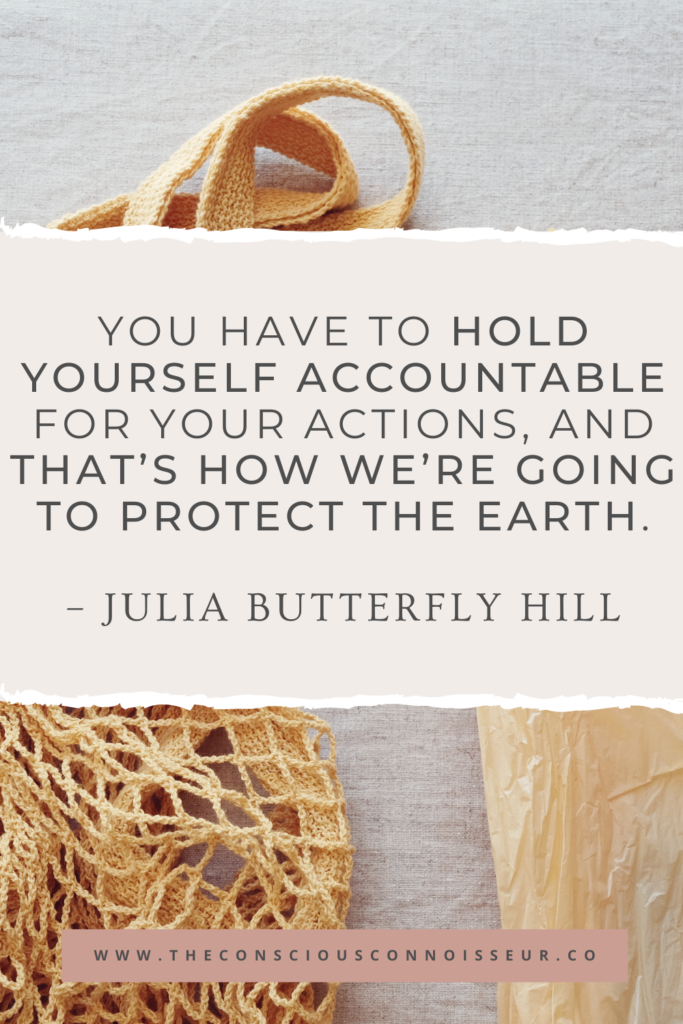
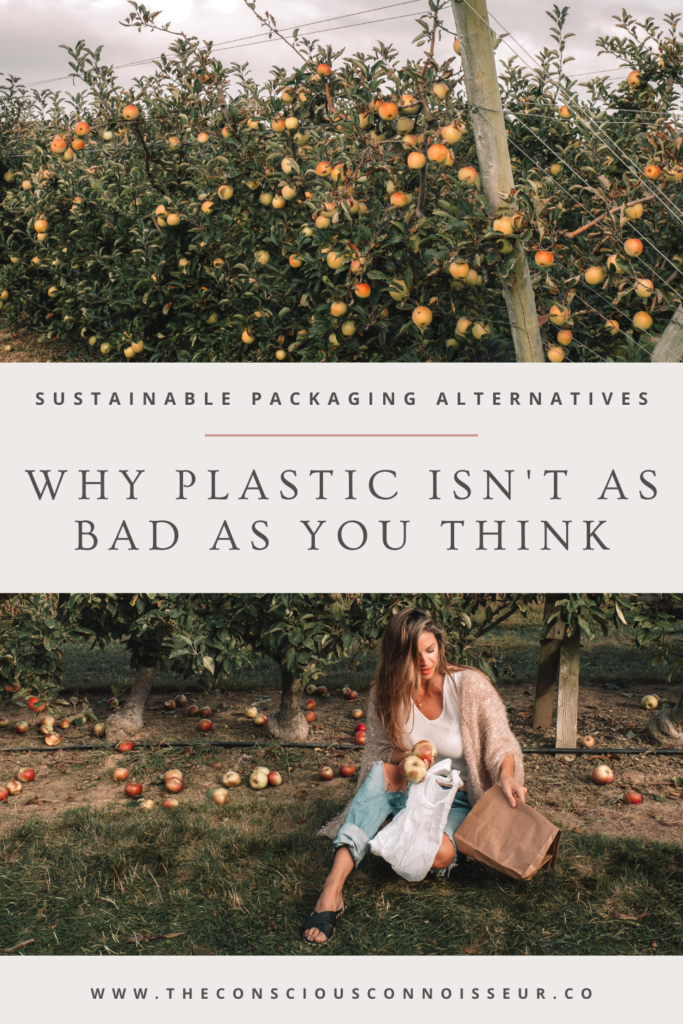




Found in
sustainability